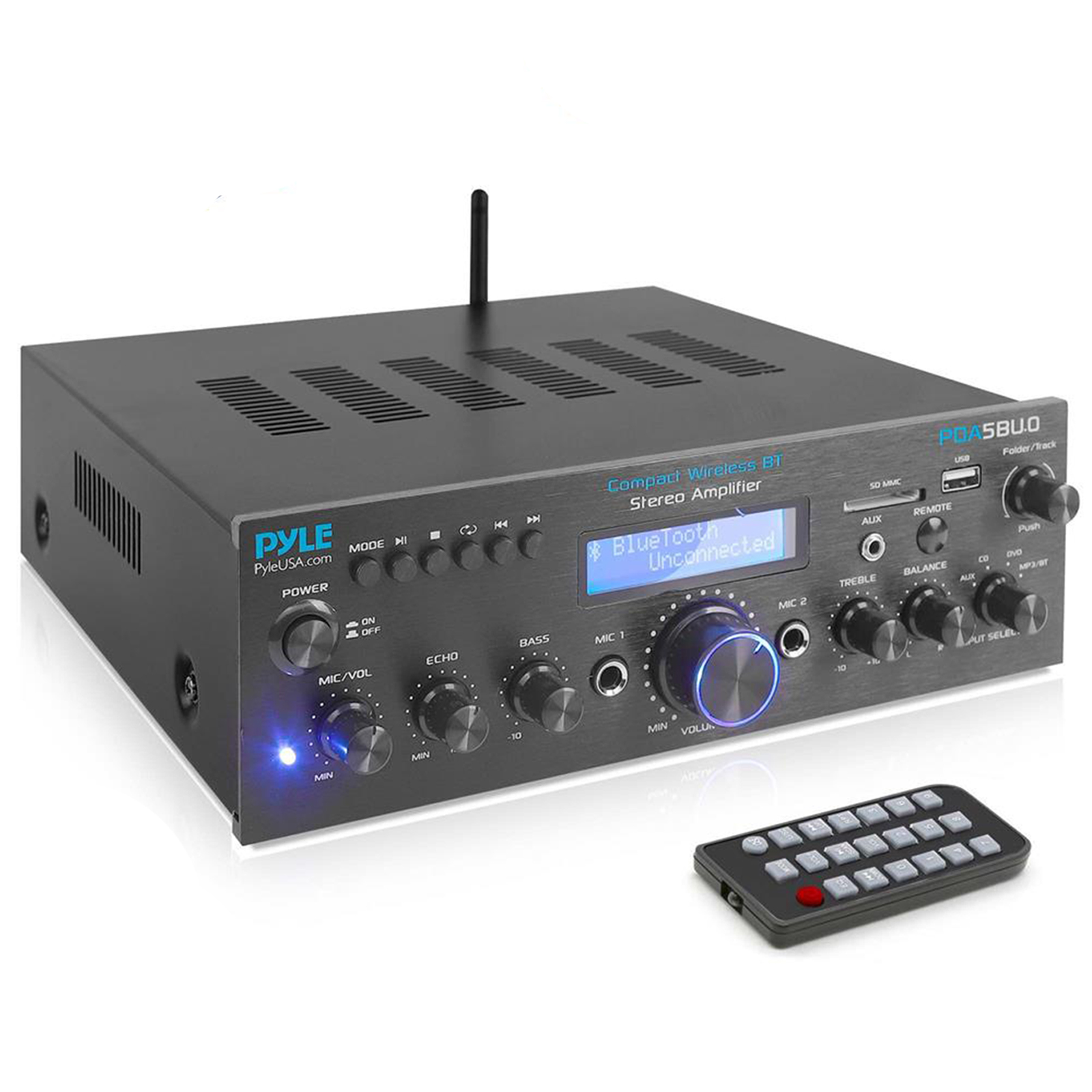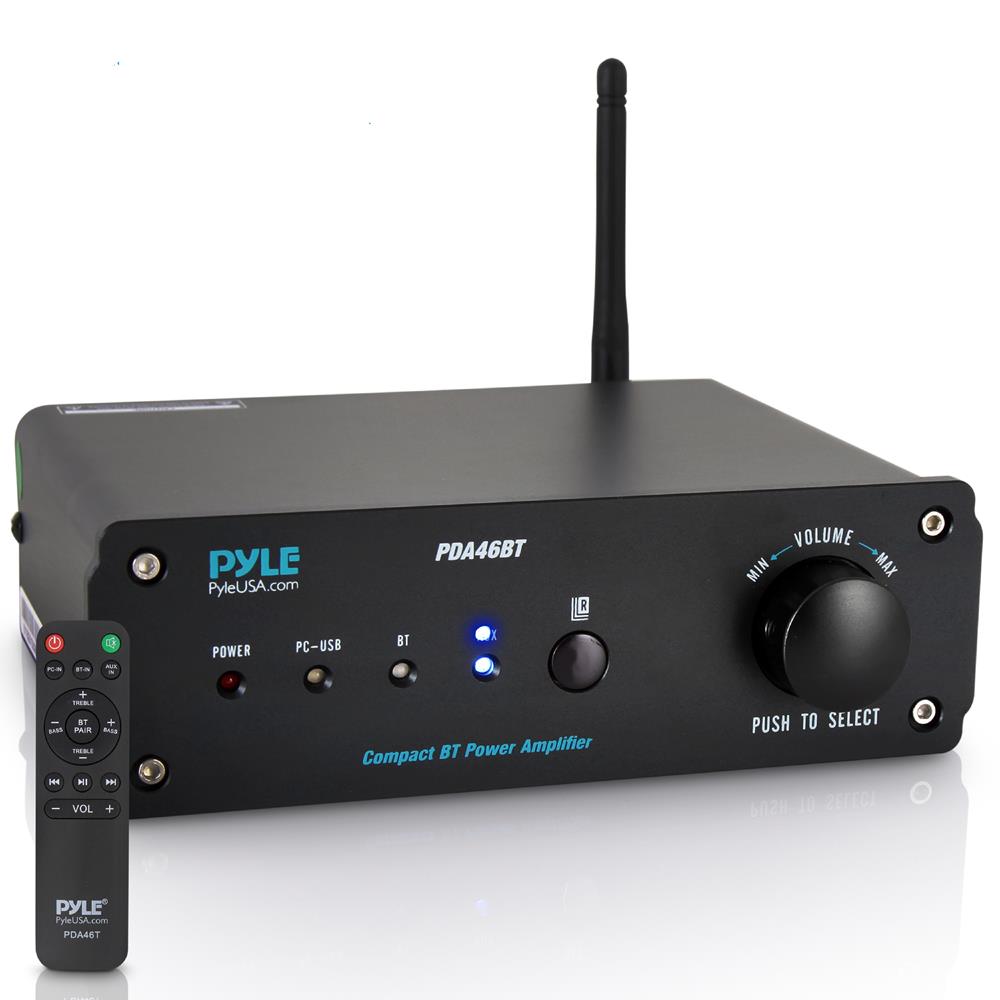

Relevant Links and Resources First: What Is An Amplifier or Receiver?.A Great Budget and Outdoor Subwoofer Compatible Option: The Fosi BT30A.Our Current Overall Favorite: The Yamaha R-S202.The Important Truth About Buying Audio Equipment.

Second Consideration: You Need Enough Power.

Audio tuner amplifier series#
This is an outstandingly flexible piece of equipment and one that should work in a wide variety of systems.įor our CXA series amplifiers, the best performance is achieved by keeping them focused on a single task and this means building them as amplifiers rather than receivers. You can then attach a wide selection of other equipment to the AXR100D and use it as a conventional amplifier. It means that even without anything else attached to it, the AXR100D is able to produce a superb sound from the range of FM and DAB radio stations in your area. So, when should you consider a receiver instead of an amplifier? In the most straightforward situation: if you listen to the radio a lot. Our AX Range has three to choose from! AXR85 & AXR100 are both FM/AM Stereo Receivers (with 85W & 100W of power respectively), while AXR100D is an FM/DAB+ Stereo Receiver. We do however recognise there are times when a receiver has some advantages. Because of this, most of the amplifiers we make are just… amplifiers.

The arrival of digital has seen radio compete with other sources but it’s still a fantastic way of discovering new music – or listening to your favourites. This meant that receivers came to dominate the market (in the US especially) and for a very long time, receivers outnumbered amplifiers. Receivers came into being in the 1960s as a way of saving space and offering the ability to directly access the radio, which at the time was second only to vinyl in popularity as a source. On a basic level, all receivers are amplifiers but not all amplifiers are receivers. If you have a home cinema amplifier with a radio in, it’s an AV Receiver. The radio is selected like any other input on the amp but no other connection is needed other than a pair of speakers. So far so good… but where do receivers fit into this? A receiver is an amplifier that has a radio section built in. With amplifiers like our CXA81, both functions are placed in a single chassis and referred to as an integrated amplifier. If the functions are split into two boxes like the Edge NQ and Edge W, these are referred to as pre and power amps. The second does the ‘heavy lifting’ and adds the gain to the signals in order to be used to power a pair of speakers. The first allows you to collate and select multiple inputs and select the required level of gain and is generally referred to as the preamplifier. The functions of an amp can be split into two main sections. We’re going to cover them to see which is best for you.Īn amplifier is the device that turns the low voltage signals from your source equipment into a signal with enough gain to be used to power a pair of speakers. A good example of this is with the terms ‘amplifier’ and ‘receiver.’ It can seem that they are completely interchangeable terms, but there are differences between the two. If there’s one thing the audio industry has made an art form, it’s using terminology that means almost, but not quite the same thing.


 0 kommentar(er)
0 kommentar(er)
